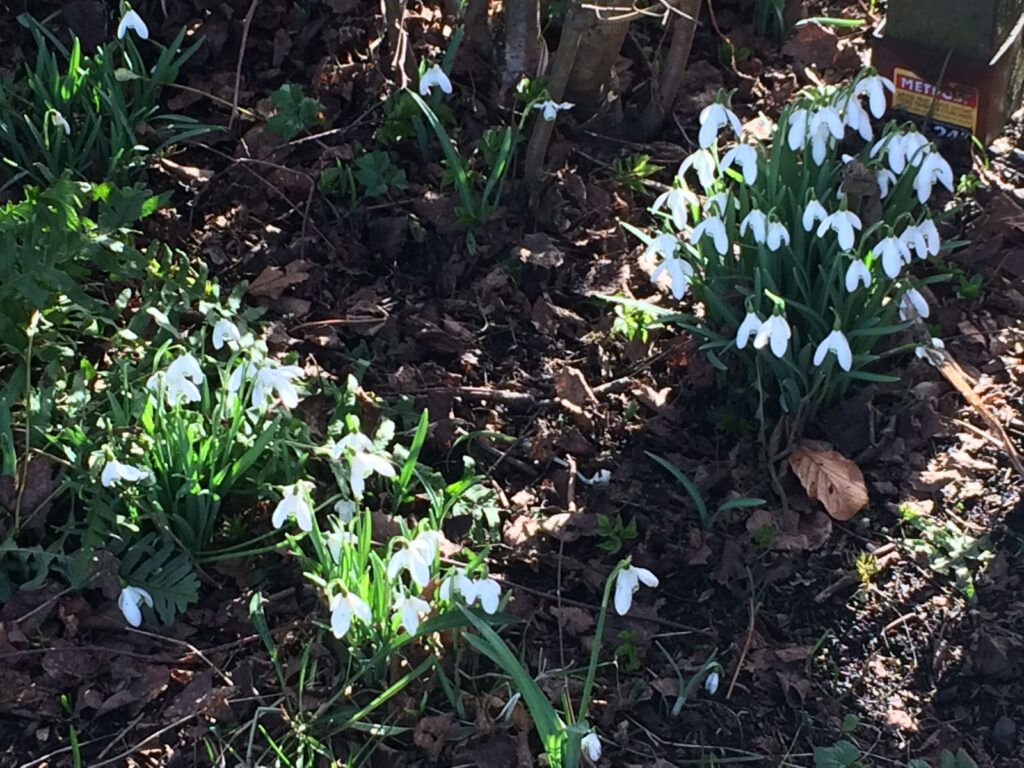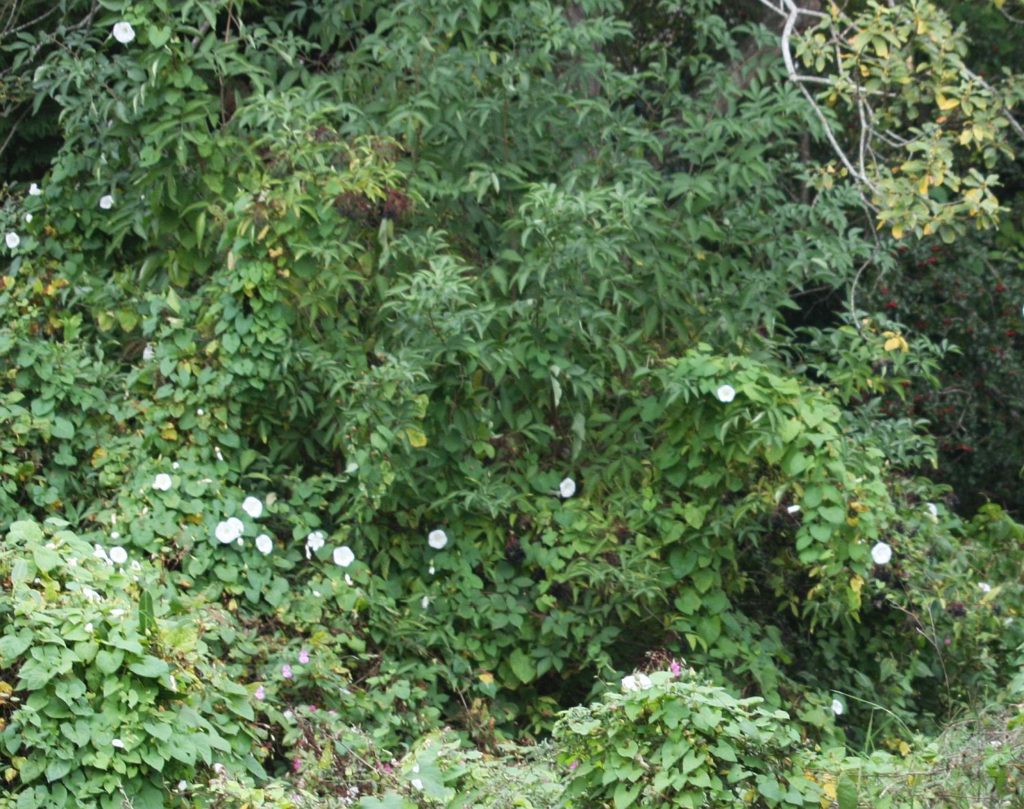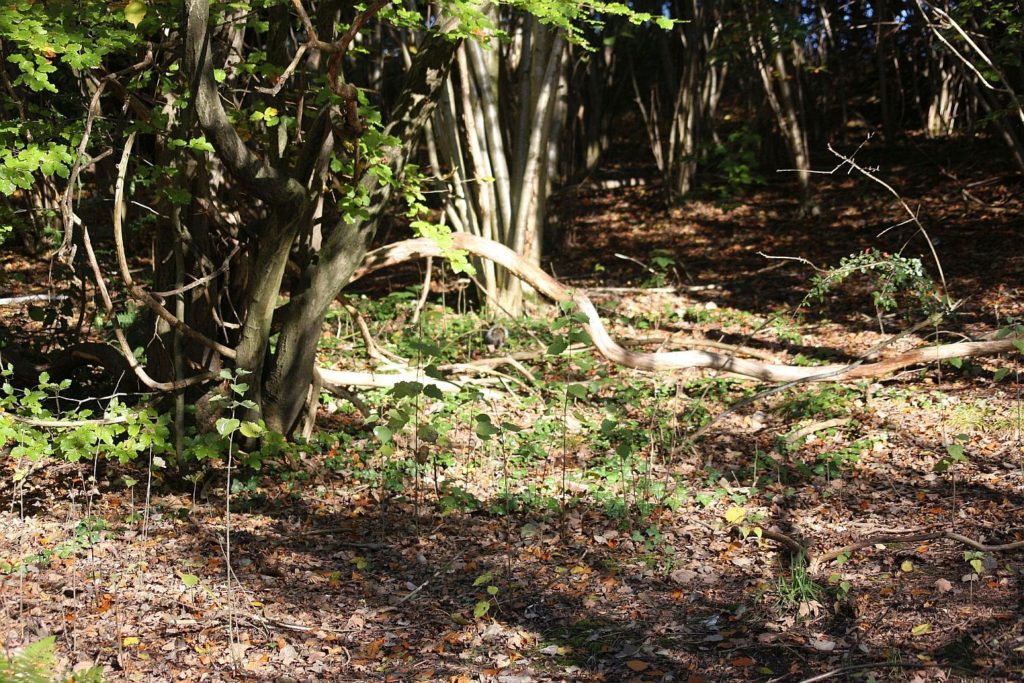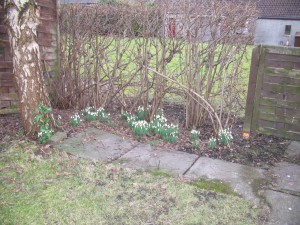I am fairly sure that my understanding of Melanie Klein’s definition of humans as speaking beings is superficial, and I may well have taken it in a completely unwarranted direction, but the notion that humans are meant to communicate, that we derive our sense of purpose and direction and meaning from a dialogue with our fellow-creatures, and that we get our concept of identity by telling our story, and (crucially) hearing a response, is massively important to me.
There are times, of course, when silence, restraint, humility and compassion require that we don’t just blurt out what’s on our minds, but this too, can be a way of shaping a dialogue and building a story. What’s happening now is something else entirely. It is, of course, primarily about political control, and shutting down the kinds of conversation that unsettle power-bases. But it’s more fundamental than that. It is not just that corrupt powers want to control how the rest of us behave, or how we see the world. It is an attack on the very foundations of language itself, and therefore on what it means to be human.
The banning of specific words is mostly a device to enable computers to identify documents to delete quickly, without involving a human decision or understanding at any level. It leads to idiocy like the deletion of the account of Hiroshima, because the document referred to the name of the bomb, Inola Gay, and ‘gay’ is banned. But more than that, without awareness of nuance, context, emotion, humour, the development of language as a living thing, the way we often code our language to convey more than the dictionary can hold, AI destroys the very matrix of communication. The human is no longer able to exercise its power as a ‘speaking being’ and we are about as meaningless as a speak your weight machine.
Under the banner of language, I would also include art, music, and all forms of sensory learning, but as a poet, I find that words are really where this hurts. John Burnside, in his introduction to The Music of Time, points out how important poetry is. ‘Poetry refreshes the language, strengthening it against the abuses of the unscrupulous and the careless, and allowing it to retain its ability to enchant, to invoke and to particularise’ (p10). he talks a lot about precision of language preserving respect for truth, and the quest in poetry to widen our awareness of experience so as to name, understand and heal. For a poet, this attack on language is pretty drastic. We are your canaries in the mine.
I can see that my next collection will have to go into this more. But meantime, this book, which is almost done, will contain this:
A Hymn for Bad Words
This is a hymn for the bad words,
not the words used to abuse, words
spoken in anger or cruelty – Bad Words –
words like gay, like equality, like woman,
like climate, like inclusion, like black.
These are words that will get you banned,
defunded, your pictures covered
with brown paper, your jobs gone overnight.
This is a hymn for empathy, welcome,
a hymn for Mexico, Denali, history, acorn
and bluebell, for bats and newts, for Gaelic
on signposts and Welsh on railway stations,
words to frighten the powerful, words of strength
that put songs in the heart, and hope –
all the lost words that might summon kindness,
curiosity, honesty, joy, diversity and difference.
I summon you, solitude, silence,
listening, frugality, patience, thought.
Bring wisdom of quiet places, shared sorrow,
and hands reached out to help.
Bring pauses to deliberate, bring hope.
Bring humble apology, mending of mistakes.
Bring the building of bonds between hearts.
Bring honour for truth, bring courage, bring love.












